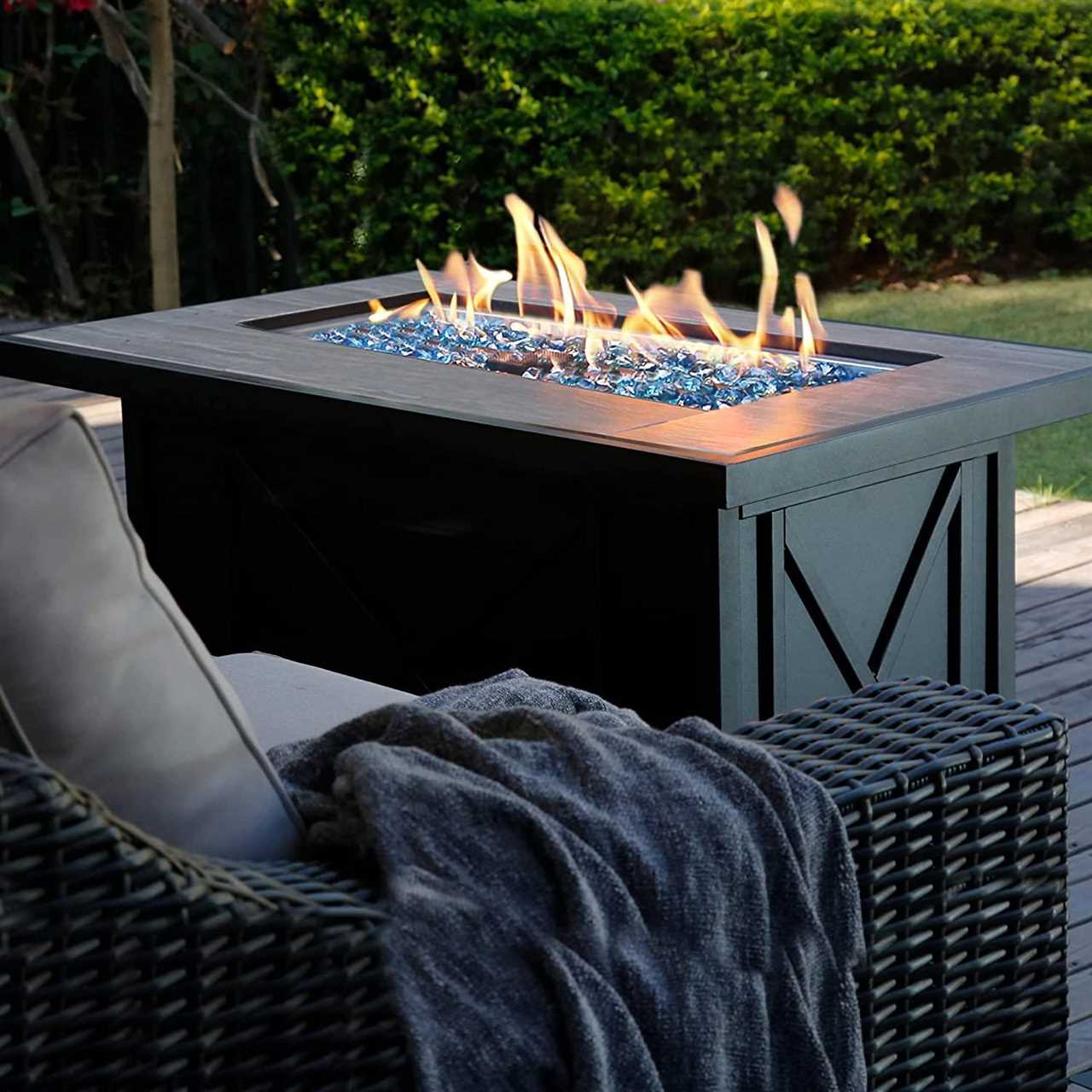
Buying an Outdoor Gas Fire Pit
An outdoor fire pit provides the warmth and visual beauty of a fire without the hassle of building and tending a wood fire. Gas fire pits allow you to enjoy instant-on flame without smoke or ash. And they’re available in various styles and sizes.
Whether you want a permanent gas fire pit for the backyard or a portable model to take on camping trips, there’s an option out there for you. Here are some factors to consider when shopping for a gas fire pit:
Style: Gas fire pits can be in-ground or self-contained, permanent or portable. Some are intended for entertaining and eating, while others are purely decorative. Fire bowls are round, attractive designs that curve upward from the ground. Fire tables with flat tops may be tall enough to use as a dining table, or low-slung like a coffee table. Fire columns have a small footprint, just enough space for the propane tank and decorative enclosure.
Portability: Almost all natural gas fire pits are permanent installations. And while many propane models are intended to remain in place, others can be picked up and taken on the go. Keep in mind you’ll need to factor in a propane tank when considering a portable model. Propane is available in containers as small as one gallon, but the most readily available tanks are five gallons.
Construction materials: The guts of a gas fire pit are similar to a gas grill, consisting of a gas supply line, a burner and a fire box to contain the burner. Many models also have some type of ignition system. Manufacturers can surround those essential ingredients with metal, masonry, concrete, glass and even wood.
Natural gas or propane: Most gas fire pits run on propane, with some permanent installations connected to natural gas lines. (There are fire pits that run on ethanol, but they’re less common.) You could also connect to a whole-house propane tank. Most fire pits use five-gallon propane tanks like those on a gas grill. The body of the table usually hides the tank, but if not, you can tuck it into a hideaway table. Natural gas and propane are not interchangeable, although some fire pits are sold with kits to convert from one fuel to the other.
Ignition type: You’ve got three choices. A manual ignition requires you to turn on the gas and light the fire with a match. A spark ignition works like a cigarette lighter, using a manual device to create a spark. Electric ignition (usually battery-powered) creates that spark via a button, switch or phone app.
Heat output: Fire pit heat output is rated in British Thermal Units (Btu). Most fire pits are in the 30,000 to 60,000 range, with some producing 100,000 Btu or more. But that’s not the only thing that determines how warm a fire feels. The material and design of the fire pit impacts how much of that heat is captured and radiated outward.
Accessories: Because a plain flame can’t capture the feel of burning wood, most people prefer to surround it with a non-combustible material, such as flame glass or lava rock. Glass reflects the flame, adding to its glow, while lava rocks add a sense of stability and return some of the fire’s heat. A weather-resistant cover, similar to a grill cover, is also common. Sometimes accessories are included with the fire pit, but you may need to purchase them separately.
Price: A good starting budget for an outdoor propane fire pit is $250 to $500. Higher-ticket fire pits, often larger or extremely fashionable and powered by natural gas, can run up to several thousand dollars. If you often entertain large groups or have a specific design in mind, you may end up in the higher range, but most consumers won’t.
Did you miss our previous article...
https://rsssuperfeeds.com/life-hacks/the-4-best-carbon-monoxide-detectors-in-2022






